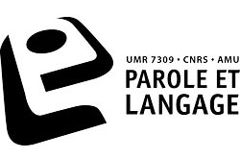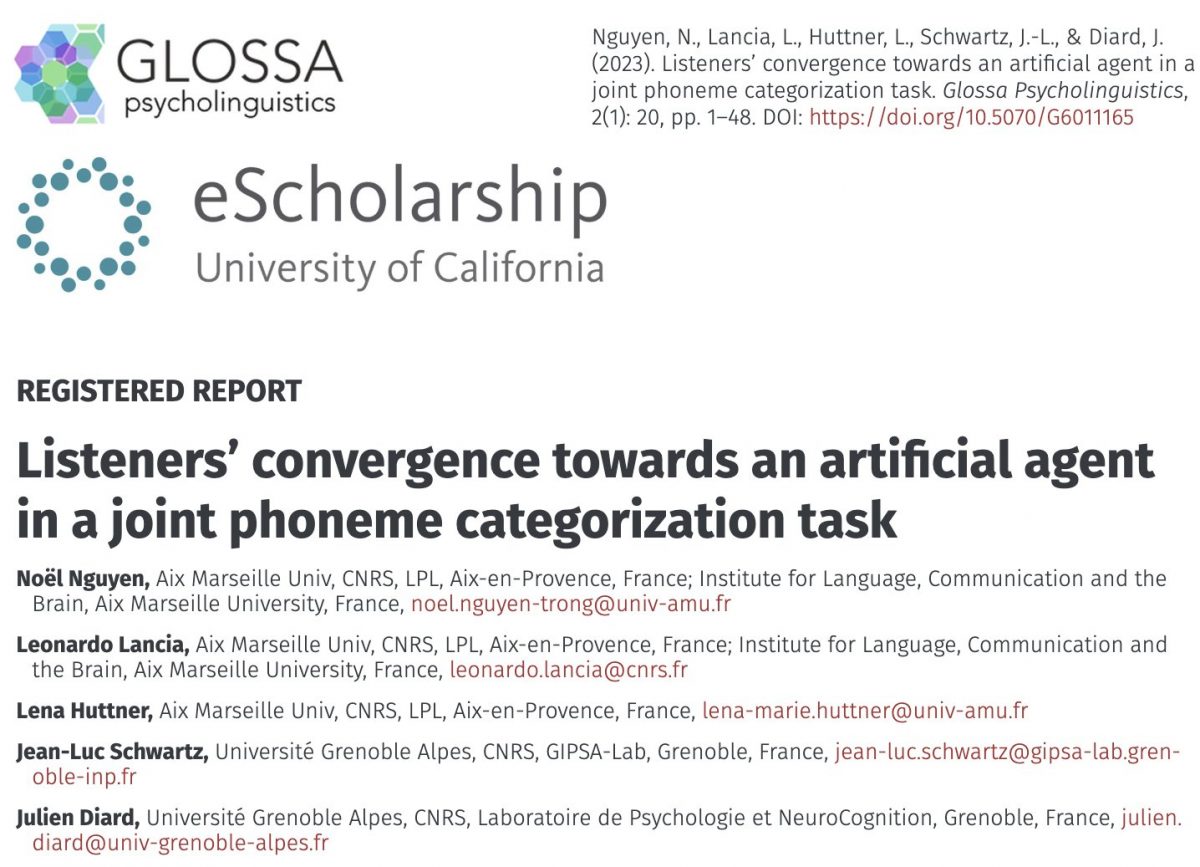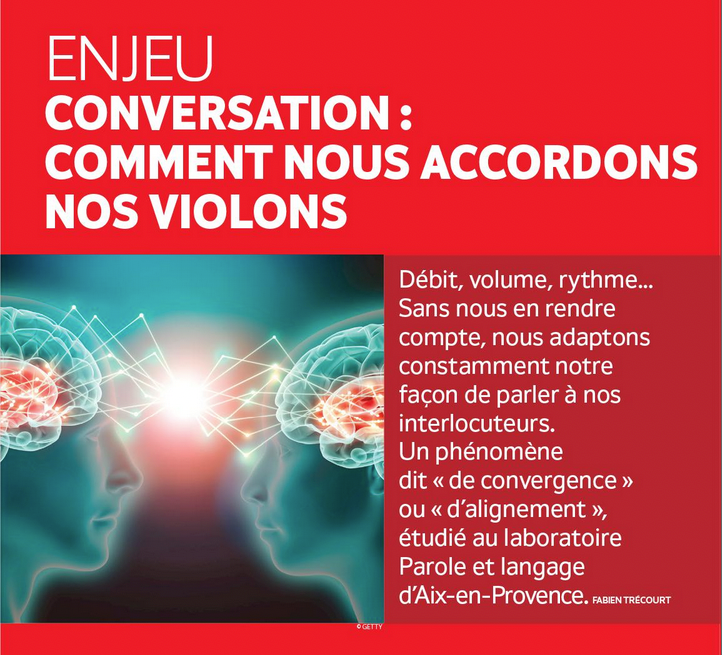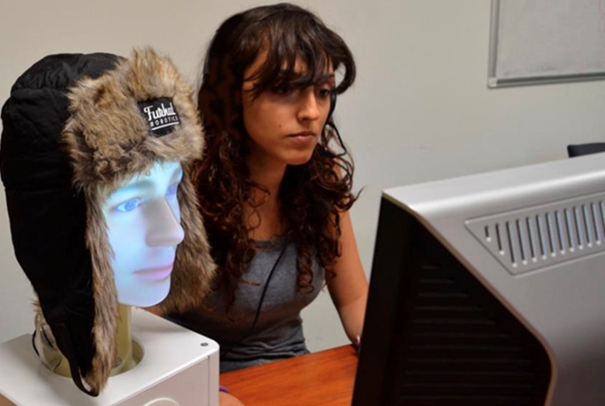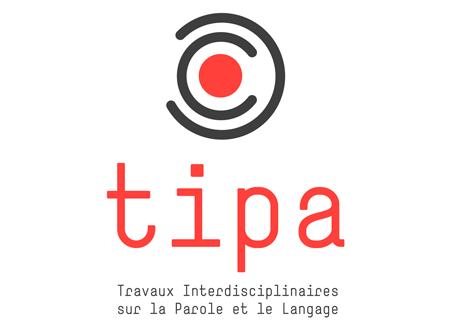Giusy Cirillo (PhD student LPL/ILCB) has just published - as 1st author and in collaboration with other members of the LPL and Barcelona University - an article in the Cognition journal on inter-individual alignment in spoken communication.
Reference:
Giusy Cirillo, Elin Runnqvist, Kristof Strijkers, Noël Nguyen, Cristina Baus. Conceptual alignment in a joint picture-naming task performed with a social robot. Cognition, Elsevier, 2022, 227, p. 105213. ⟨10.1016/j.cognition.2022.105213⟩
Fulltext article: https://authors.elsevier.com/a/1fMPm2Hx2pivT
Abstract:
In this study we investigated whether people conceptually align when performing a language task together with a robot. In a joint picture-naming task, 24 French native speakers took turns with a robot in naming images of objects belonging to fifteen different semantic categories. For a subset of those semantic categories, the robot was programmed to produce the superordinate, semantic category name (e.g., fruit) instead of the more typical basic-level name associated with an object (e.g., pear). Importantly, while semantic categories were shared between the participant and the robot (e.g., fruits), different objects were assigned to each of them (e.g., the object of ‘a pear’ for the robot and of ‘an apple’ for the participant). Logistic regression models on participants' responses revealed that they aligned with the conceptual choices of the robot, producing over the course of the experiment more superordinate names (e.g., saying ‘fruit’ to the picture of an ‘apple’) for those objects belonging to the same semantic category as where the robot produced a superordinate name (e.g., saying ‘fruit’ to the picture of a ‘pear’). These results provide evidence for conceptual alignment affecting speakers' word choices as a result of adaptation to the partner, even when the partner is a robot.
Photo credits: Giusy Cirillo
